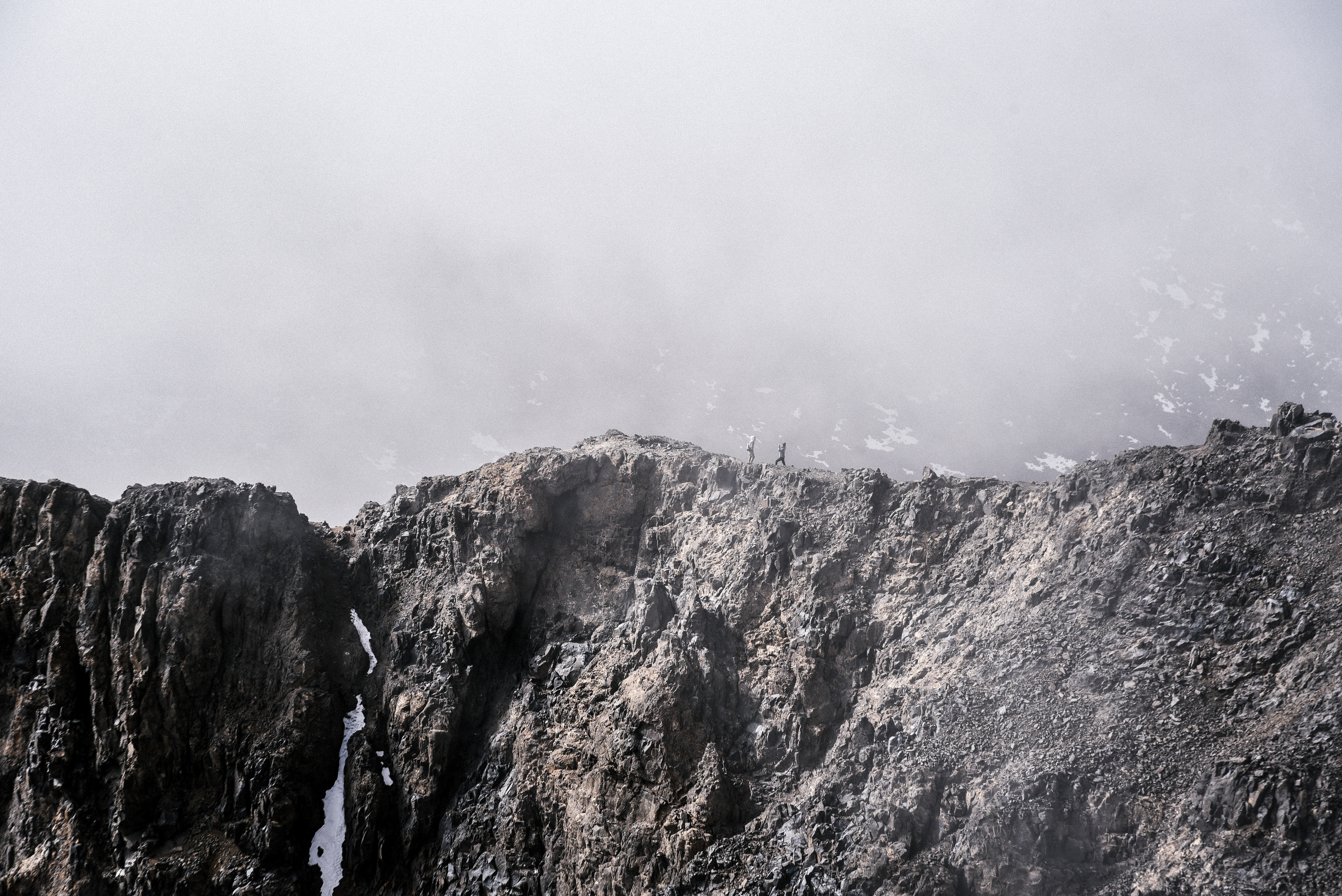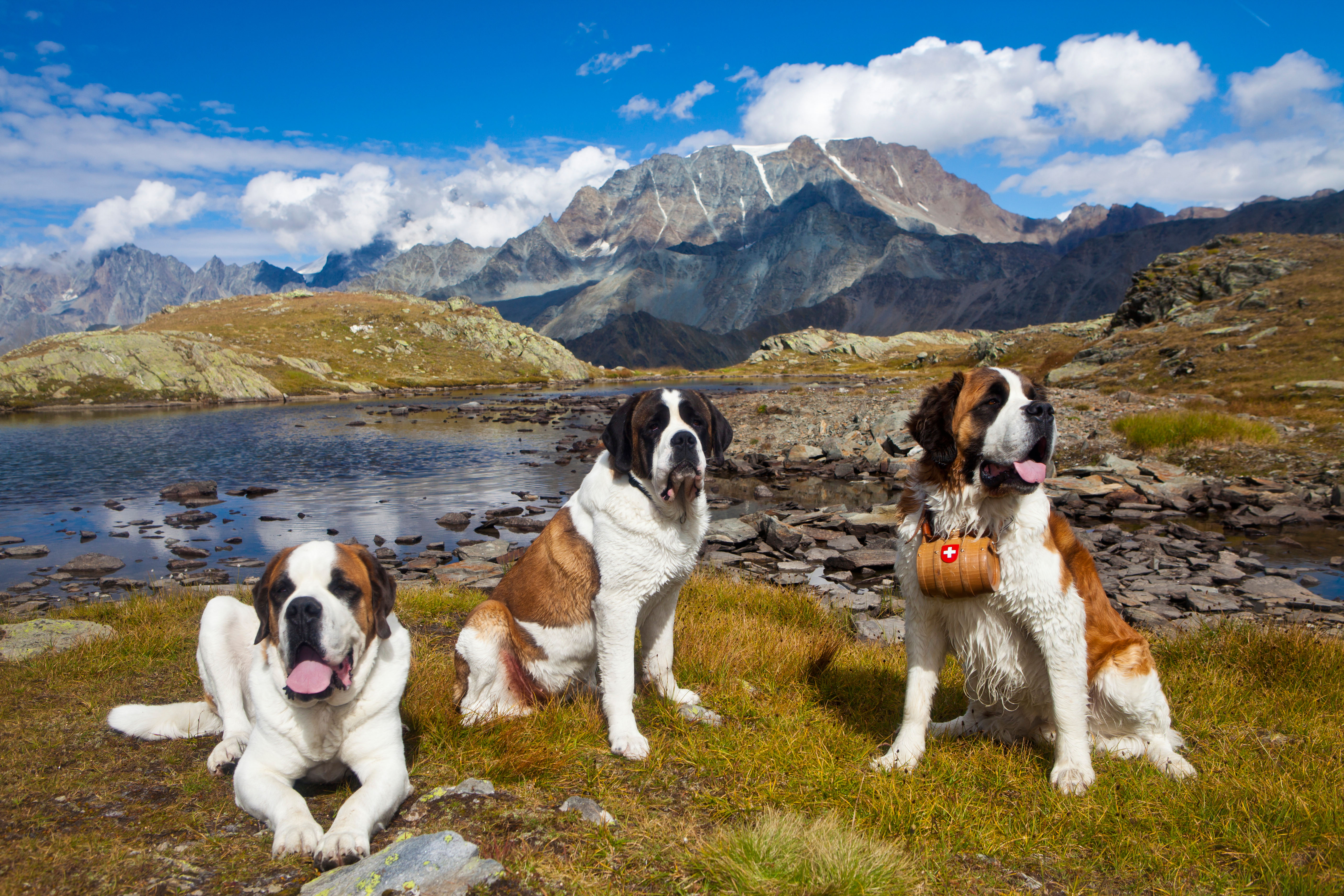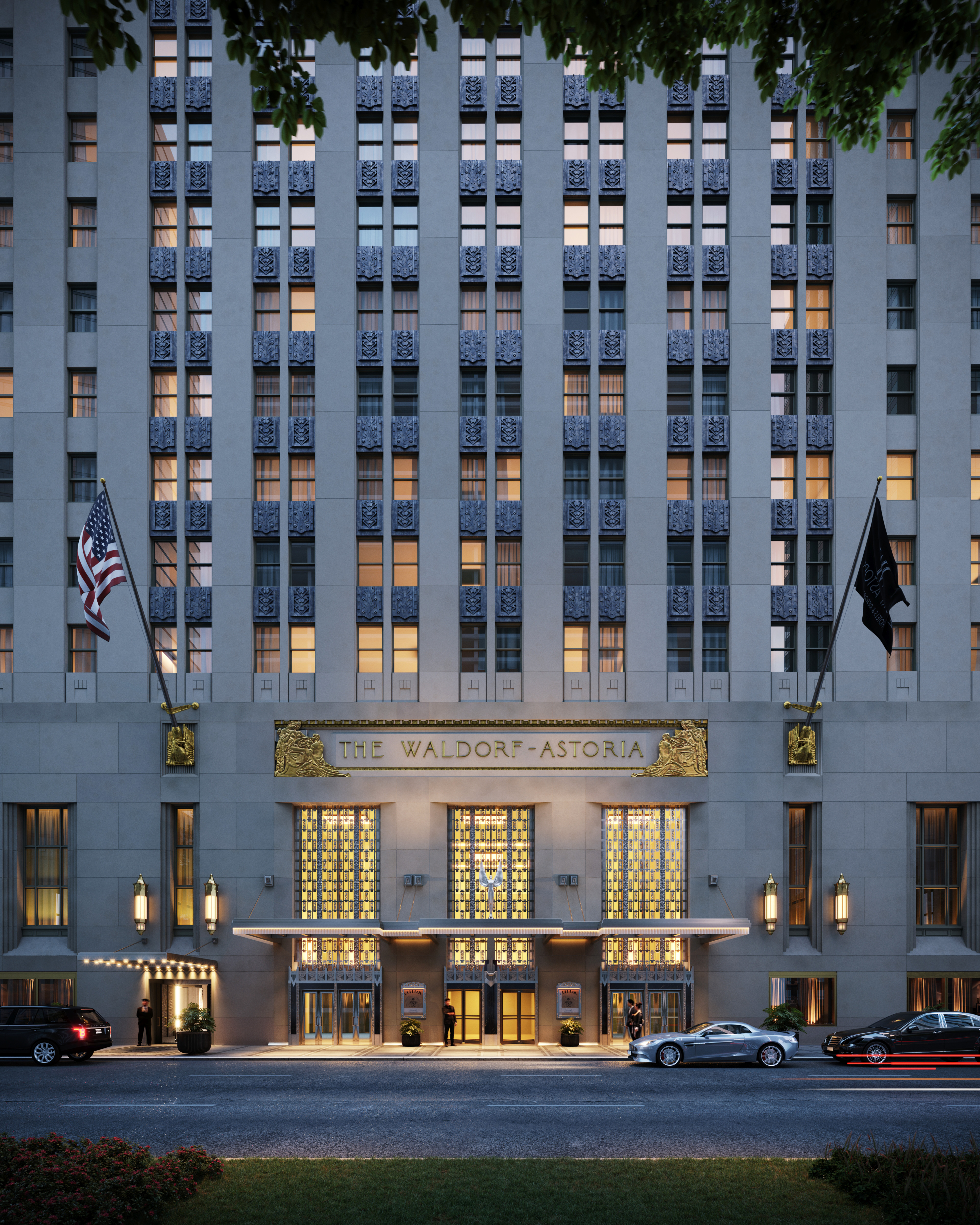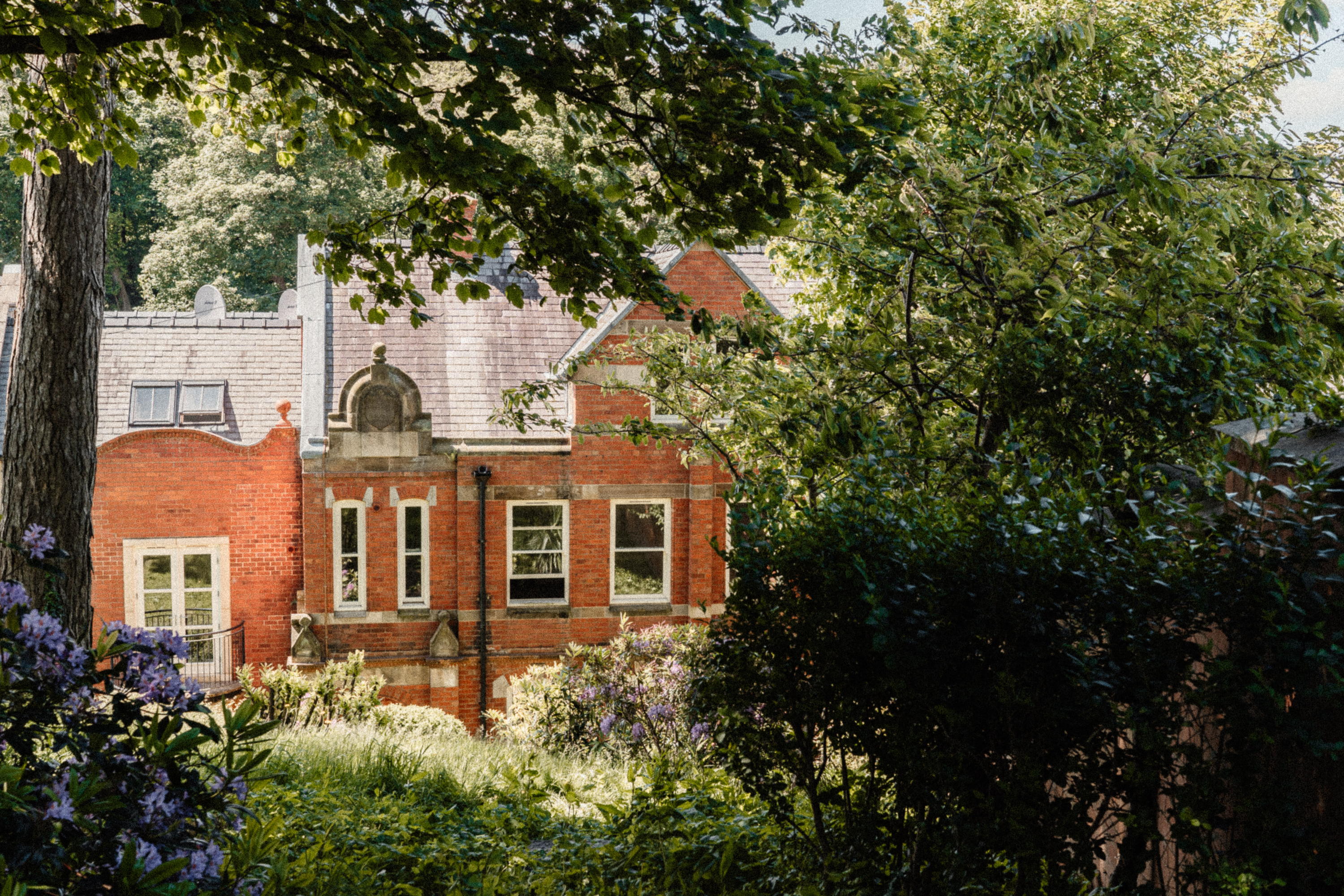'The sight of my semi-comatose teenage son draped like a rag doll over the back of a mule has left its scars': Pamela Goodman on the perils of high altitude hiking
The Himalayas are calling Pamela Goodman's name (again), but she knows not to underestimate altitude sickness.


The sight of my semi-comatose teenage son draped like a rag doll over the back of a mule has left its scars. No surprise, perhaps, given this was a particularly reckless turn of events — one in a number of what I call ‘irresponsible mother’ moments of which I am not proud — that could have played out very differently. His affliction was altitude sickness.
I have been thinking a good deal about altitude sickness, or acute mountain sickness (AMS) as it is more correctly known, over the past few weeks, in anticipation of a forthcoming trip to the Himalayas. How might I fare given a chequered medley of high-altitude experiences over the years?
Following the obvious rules for AMS avoidance — the importance of allowing plenty of time to acclimatise, no speedy ascents above 2,500m and sleeping at a lower level than the highest point you have reached that day — is, of course, essential, but beyond those three there is little rhyme or reason as to when, or indeed if, you might be afflicted. Fitness helps, but is by no means a prevention and, equally, good levels of hydration are no guarantee in staving off the effects. Some days your body simply copes better at altitude than others.
I used to delight in the fact that, despite being mildly asthmatic, I was good at altitude. On a day’s walking on the Batura Glacier in the Hunza Valley of Pakistan, I felt better with each step climbed, leaving my unfortunate husband languishing in a tent some way down, plagued with headaches and nausea. My smugness must have been insufferable. Several years later, however, the tables were turned and my comeuppance was delivered in the form of an oxygen canister to which I was hooked up after a sleepless, breathless night at high altitude in Ladakh, northern India. My red-blood-cell production was clearly in overdrive and my husband could barely have looked more chipper.
The incident with our son happened in Morocco in the High Atlas Mountains. I had read somewhere that children are no more prone to AMS than adults, so his quest for a derring-do mountain adventure had seemed fair enough. He was 13 at the time. Jebel Toubkal, the highest peak in North Africa at 4,167m, was the challenge and after 24 hours in Marrakech, eyes opened wide to the sights and the smells of the souk, we arrived at the mountain village of Imlil to meet our guide and his back-up team of cook, porter and two mules.
Toubkal is neither a technical hike nor an unfrequented one. Most people are up and down within two days, box ticked and on to further Moroccan adventures. We started at a good pace, up through lush orchards of walnut and cherry to high terraced pastures; up further past the shrine and the street vendors at Sidi Charamouch; up further still, pace slowing, lungs heaving, to the mountain refuge at 3,220m, an insalubrious place of shared dormitories, damp sleeping bags, loud snores and smelly feet.
We rose at 5am for the ascent to the summit, the boy struggling with each step, his mother willing him on. We got the photograph, we saw the rose-pink glow of dawn and the haze of the Sahara stretching south, we stumbled back to the refuge and the boy passed clean out. Mules and Mars Bars were a wonderful combination for restoring life to an exhausted, oxygen-deprived child and a panic-stricken, irresponsible mother. Mercifully, within 1,000m of our descent he came back to me. A sober lesson I have learned well and my respect these days for the perils of high altitude is unstinting.
Exquisite houses, the beauty of Nature, and how to get the most from your life, straight to your inbox.
Bring on those Himalayas.
This feature originally appeared in the October 1, 2025, issue of Country Life. Click here for more information on how to subscribe
-
 The Glovebox: Return of the Bentley Supersports, the ultimate rural Range Rover and the car collection fit for The King
The Glovebox: Return of the Bentley Supersports, the ultimate rural Range Rover and the car collection fit for The KingA century after it was the first Bentley to top 100mph, the Supersports is back and looking better than ever.
-
 The Alpine rescue dog built for blizzards, bred by monks
The Alpine rescue dog built for blizzards, bred by monksAs snow fell across the UK this week, I found myself day-dreaming of St Bernards striding through the Alps — a snow-day dog worth celebrating.
-
 'The night smells like engine oil… and money': How Singapore’s glittering night race paved the way for a new era of city-centre Grands Prix
'The night smells like engine oil… and money': How Singapore’s glittering night race paved the way for a new era of city-centre Grands PrixIt's the Las Vegas Grand Prix this weekend, but it and other city-centre Grand Prix would be nothing without trailblazing Singapore. Natasha Bird explains how the city state got it so right.
-
 Storrs Hall: A glimpse of what a trip to Lake Windermere ought to be
Storrs Hall: A glimpse of what a trip to Lake Windermere ought to beLake Windermere — the largest stretch of water in the Lake District — is a tourist mecca that can often feel crowded, but head to places like Storrs Hall and you can still find the beauty and seclusion that first drew people here. Toby Keel takes a look.
-
 ‘For several days between Christmas and New Year, the departures lounge at Heathrow Terminal 5 becomes busier than Daylesford HQ’: A snob’s guide to winter sun
‘For several days between Christmas and New Year, the departures lounge at Heathrow Terminal 5 becomes busier than Daylesford HQ’: A snob’s guide to winter sunAnyone in their right mind abandons ship after Christmas for some winter sun, says Sophia Money-Coutts
-
 Waldorf Astoria New York review: The Midtown hotel where Frank Sinatra once partied and the salad of the same name was invented emerges from a decade-long renovation
Waldorf Astoria New York review: The Midtown hotel where Frank Sinatra once partied and the salad of the same name was invented emerges from a decade-long renovationOwen Holmes checks into the Waldorf Astoria New York hotel.
-
 Saltmoore hotel review: The place to stay that's woodland retreat, seaside hotel and spa sanctuary all in one
Saltmoore hotel review: The place to stay that's woodland retreat, seaside hotel and spa sanctuary all in oneSaltmoore, on the North Yorkshire coast, has barely been open a year but is already earning recognition as one of the finest places to stay in Yorkshire. Toby Keel checked in.
-
 Uzbekistan's inaugural Bukhara Biennial turned traditional ways of displaying art on its head and reignited the traditions of the storied Silk Road
Uzbekistan's inaugural Bukhara Biennial turned traditional ways of displaying art on its head and reignited the traditions of the storied Silk RoadEvery week, the news breaks of another art fair — but the Bukhara Biennial is the one to watch, says Skylar Pinchal Coysh.
-
 From the Caribbean with love: The other James Bond who wrote the definitive guide to tropical birds
From the Caribbean with love: The other James Bond who wrote the definitive guide to tropical birdsThe Caribbean plays host to a brilliant spectrum of colourful avians, says John Lewis-Stempel, as he revels in a birdwatcher’s paradise. Illustrations by Annabelle King.
-
 ‘We were off again in a cloud of dust, on the trail of a tiger we eventually ended up making eye contact with’: The art of the Indian safari
‘We were off again in a cloud of dust, on the trail of a tiger we eventually ended up making eye contact with’: The art of the Indian safariAn Indian safari is a ‘is a study in patience and intuition’, but that’s no bad thing, says Richard MacKichan.
